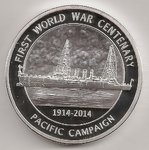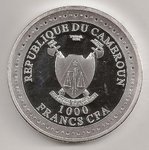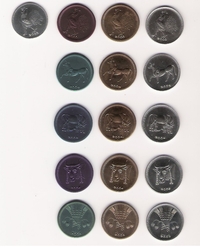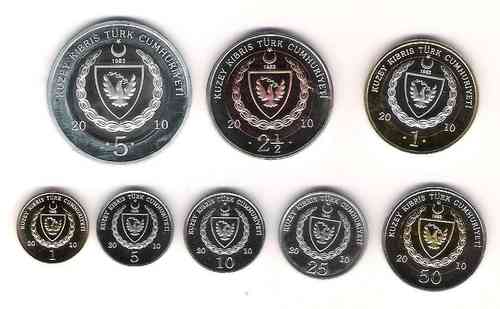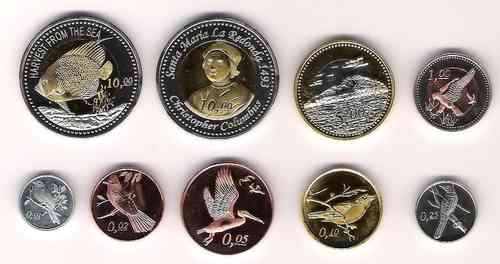The Andaman and Nicobar Islands are a group of 394 islands in the Bay of
Bengal and a Union Territory of India, although only 38 of them are permanently
inhabited. The total population of the islands is around 380,000. The
territory's capital is the Andamanese town of Port Blair.
The territory is located geographically 150 km (93 mi) north
of Aceh in Indonesia and separated from Thailand and Burma by the Andaman Sea.
It comprises two island groups, the Andaman Islands in the north and the
Nicobar Islands in the south. The Andaman Sea lies to the east and the Bay of
Bengal to the west.
The Andaman and Nicobar islands have been inhabited for
several thousand years. The various Andamanese people maintained their
separated existence through the vast majority of this time, diversifying into
distinct linguistic, cultural and territorial groups.
The history of organized European colonization on the
islands began with the Danish East India Company in 1754–1756 when they were
administrated under the name of Frederiksøerne. Danish colonization lasted more
tan a century, until October 1868, when the Danish rights to the Nicobar
Islands were sold to Britain, which made them part of British India by 1869
when the British took possession. The British continued their occupancy until
the Japanese invasion and occupation of the Andaman Islands during World War
II. At the end of the war, the islands were reoccupied by British and Indian
troops in October 1945, to whom the remaining Japanese garrison surrendered.
At the independence of both India (1947) and Burma (1948),
the departing British announced their intention to resettle all Anglo-Indians
and Anglo-Burmese on the islands to form their own nation, although this never
materialized.
The Andaman and
Nicobar Islands became part of the Indian union in 1956, and they were declared
a union territory on this same year.
On 26 December 2004 the coasts of the Andaman and Nicobar
Islands were devastated by a 10 m (33 ft) high tsunami following the 2004
Indian Ocean earthquake. More tan 6,000 people were believed to have been
killed on the Nicobar and Andaman Islands during the disaster. The worst
affected Nicobar islands were Katchal and Indira Point, the latter the
southernmost point of India, which was submerged by the ocean.
While newer settlers of the islands suffered the greatest
casualties from the tsunami, most of the aboriginal people survived because
oral traditions passed down from generations, which warned them to evacuate
from large waves that follow large earthquakes.
The major languages spoken in the Andamans are Bengali,
Hindi, Tamil and in some areas, English. The majority of Andamans are Hindus,
with significant Muslim, Christian and Sikh minorities.


